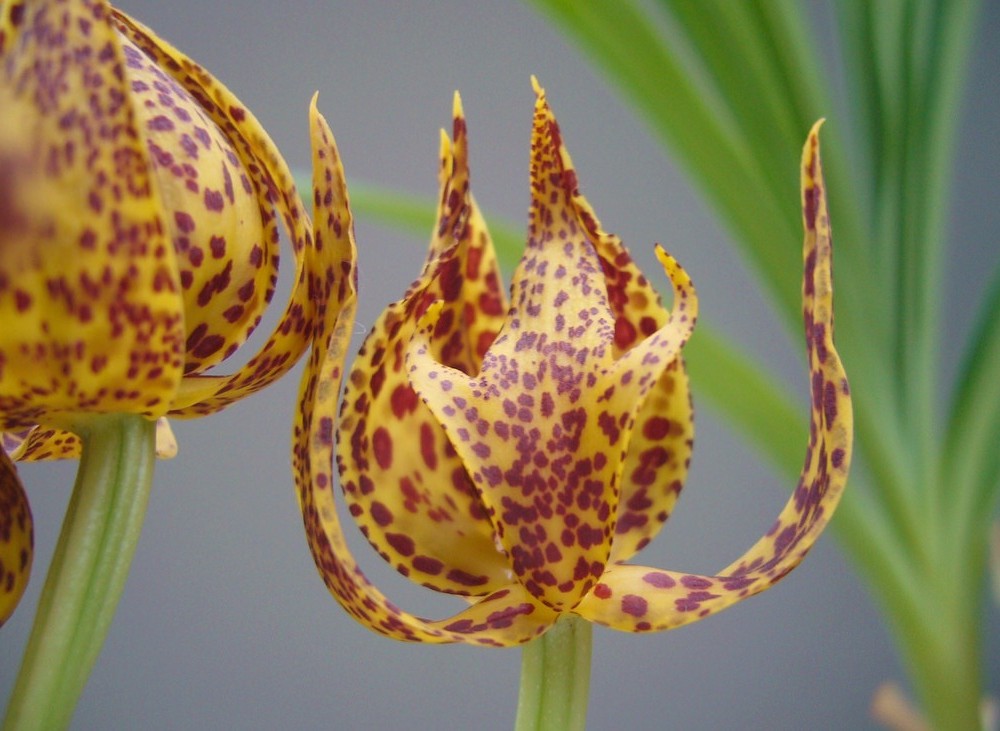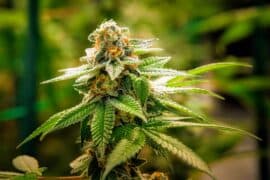Roebelen's Vanda
(Vanda roeblingiana)

Description
Vanda roeblingiana, Roebelen's vanda, is a species of orchid endemic to the mountain provinces of the island of Luzon in the Philippines. Hugh Low, a British colonial administrator and naturalist introduced the plant to London in 1893. The next year, Robert Allen Rolfe, an English botanist formally described the plant and thought it was originally collected from the vicinity of Singapore or Peninsular Malaysia. Low, who works in Clapton Nursery had collecting expedition to Southeast Asia with Singapore as headquarter. Vanda, abbreviated in the horticultural trade as V., is a genus in the orchid family, Orchidaceae. There are about 87 species, and the genus is commonly cultivated for the marketplace. This genus and its allies are considered to be among the most specifically adapted of all orchids within the Orchidaceae. The genus is highly prized in horticulture for its showy, fragrant, long-lasting, and intensely colorful flowers. Vanda species are widespread across East Asia, Southeast Asia, and New Guinea, with a few species extending into Queensland and some of the islands of the western Pacific. This genus is one of the five most horticulturally important orchid genera, because it has some of the most magnificent flowers to be found in the orchid family. This has contributed much to the work of hybridists producing flowers for the cut flower market. V. coerulea is one of the few botanical orchids which can produce varieties with blue flowers (actually a very bluish purple), a property much appreciated for producing interspecific and intergeneric hybrids. The color blue is rare among orchids, and only Thelymitra crinita, a terrestrial species from Australia, produces flowers that are truly "blue" among the orchids, the other being Aganisia cyanea, a lowland species from northern South America that is difficult to cultivate, but has metallic blue flowers. Both of these species, much like Vanda, also have a bluish-purple tint towards the inner petals of the flowers. Vanda dearei is one of the chief sources of yellow color in Vanda hybrids. The plants do not possess pseudobulbs, but do possess leathery, drought-resistant leaves. Almost all of the species in this genus are very large epiphytes found in disturbed areas in habitat and prefer very high light levels, the plants having large root systems. Some of these species have a monopodial vine-like growth habit, and the plants can quickly become quite massive.
Taxonomic tree:







